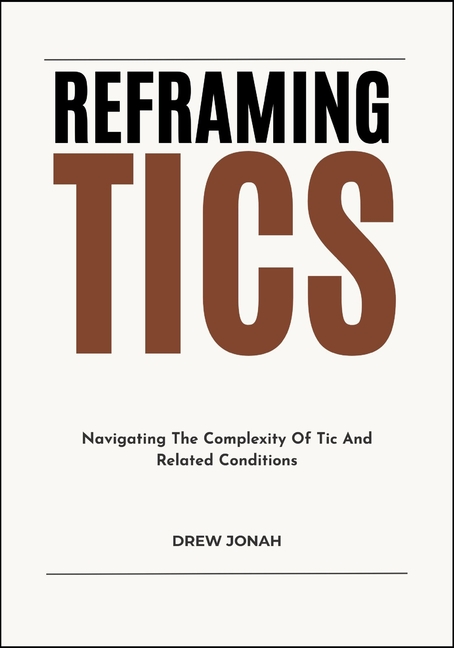Description
Tic disorders are neurological conditions characterized by involuntary, repetitive movements or sounds, known as tics. These tics can be motor (involving movement) or vocal (involving sound) and may occur suddenly and without control. Tic disorders are most commonly seen in children, although they can persist into adulthood. There are several types of tic disorders, including:
Treatment for tic disorders often involves managing symptoms and improving quality of life. Options may include behavioral therapy (such as Comprehensive Behavioral Intervention for Tics), medications, and, in some cases, other therapeutic approaches like relaxation techniques or biofeedback.
Tic disorders, including conditions like Tourette Syndrome and chronic tic disorders, present unique challenges for individuals and their families. These disorders are characterized by involuntary movements or sounds (tics) and can affect people of all ages. While the exact causes remain complex, involving a mix of genetic, neurobiological, and environmental factors, tic disorders are manageable with the right approach.
Early recognition, proper diagnosis, and a combination of behavioral therapies, medications, and supportive care can significantly improve the quality of life for those affected. Understanding the emotional and psychological impact of tic disorders is also critical, as managing these aspects is an essential part of treatment.
Advocacy and raising awareness are powerful tools in reducing stigma and fostering a more supportive environment for individuals with tic disorders. By educating the public, promoting inclusive practices in schools and workplaces, and providing opportunities for individuals to share their experiences, we can create a more understanding and empathetic society.
Ultimately, with the right resources, support systems, and treatments, individuals with tic disorders can live successful and fulfilling lives. Building a strong network of support, both for the individuals affected and their caregivers, is key to navigating the challenges that come with tic disorders. Through continued research, advocacy, and education, we can continue to improve the lives of those affected by tic disorders.
- Transient Tic Disorder: This is the most common form, where tics appear for a short period, typically less than a year, and often resolve on their own.
- Chronic Tic Disorder: In this case, tics persist for more than a year, but they do not involve both motor and vocal tics.
- Tourette Syndrome: This is the most well-known tic disorder and involves both motor and vocal tics lasting for more than a year. The tics tend to wax and wane over time, with periods of worsening and improvement.
Treatment for tic disorders often involves managing symptoms and improving quality of life. Options may include behavioral therapy (such as Comprehensive Behavioral Intervention for Tics), medications, and, in some cases, other therapeutic approaches like relaxation techniques or biofeedback.
Tic disorders, including conditions like Tourette Syndrome and chronic tic disorders, present unique challenges for individuals and their families. These disorders are characterized by involuntary movements or sounds (tics) and can affect people of all ages. While the exact causes remain complex, involving a mix of genetic, neurobiological, and environmental factors, tic disorders are manageable with the right approach.
Early recognition, proper diagnosis, and a combination of behavioral therapies, medications, and supportive care can significantly improve the quality of life for those affected. Understanding the emotional and psychological impact of tic disorders is also critical, as managing these aspects is an essential part of treatment.
Advocacy and raising awareness are powerful tools in reducing stigma and fostering a more supportive environment for individuals with tic disorders. By educating the public, promoting inclusive practices in schools and workplaces, and providing opportunities for individuals to share their experiences, we can create a more understanding and empathetic society.
Ultimately, with the right resources, support systems, and treatments, individuals with tic disorders can live successful and fulfilling lives. Building a strong network of support, both for the individuals affected and their caregivers, is key to navigating the challenges that come with tic disorders. Through continued research, advocacy, and education, we can continue to improve the lives of those affected by tic disorders.
Last updated on
Product Details
- Jun 23, 2025 Pub Date:
- 9798289374448 ISBN-10:
- 9798289374448 ISBN-13:
- English Language




